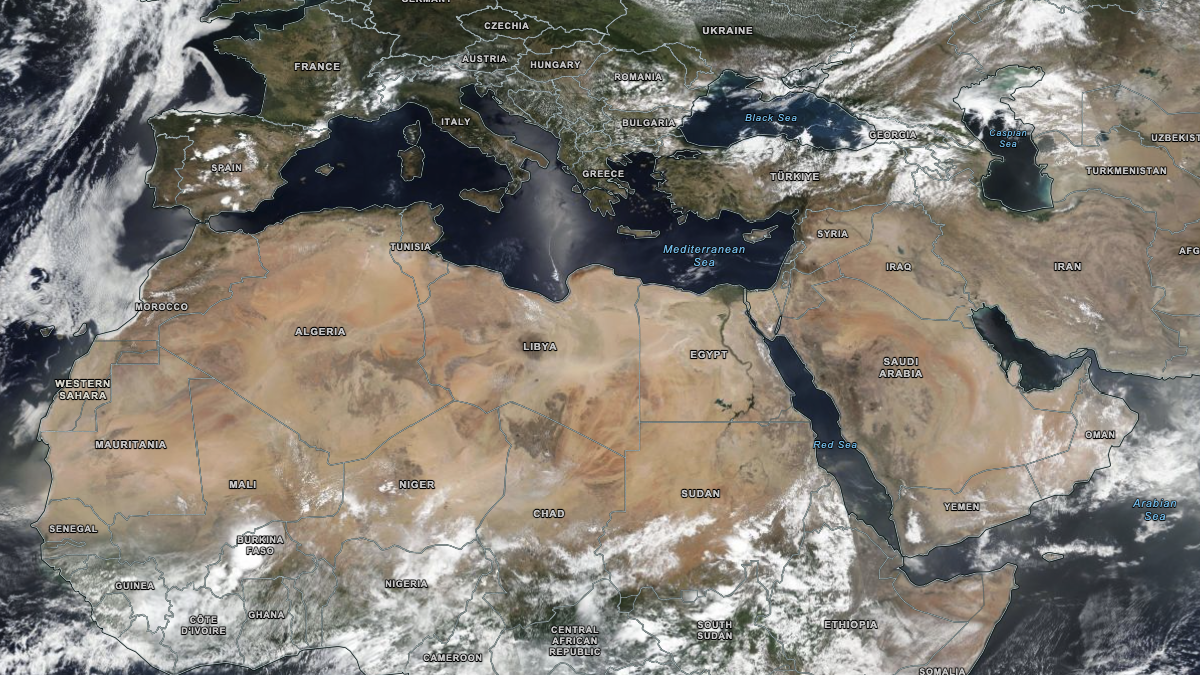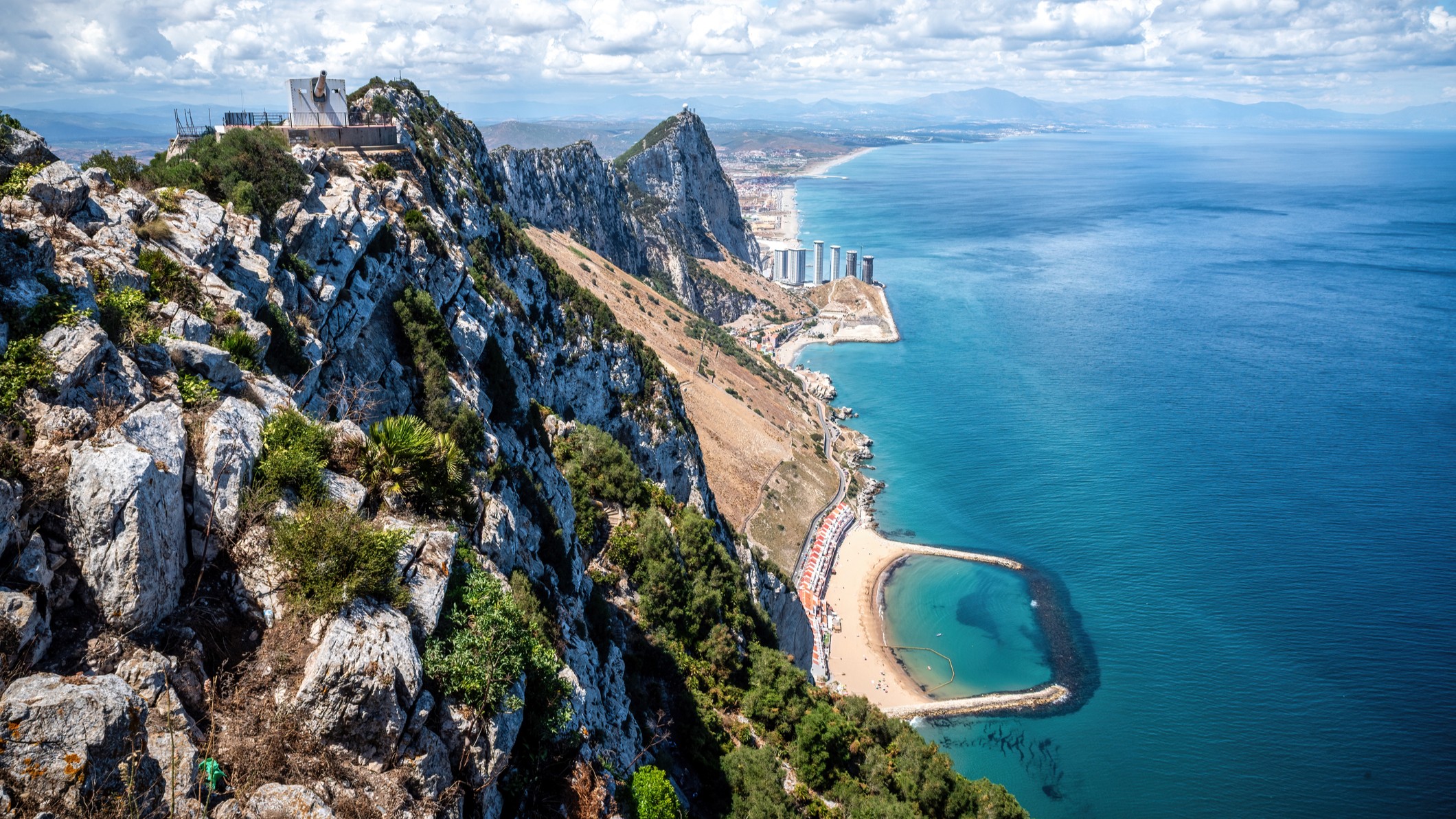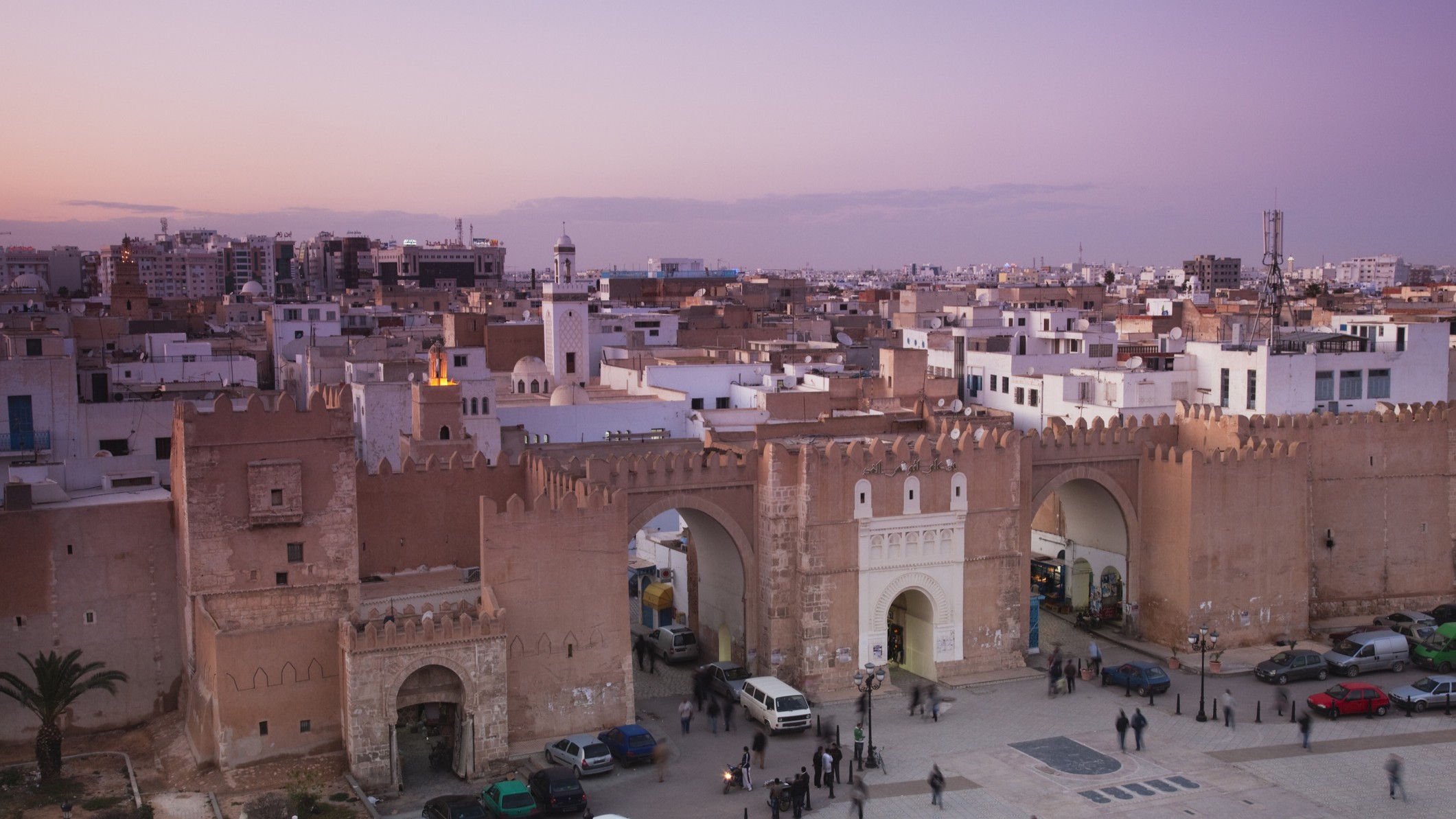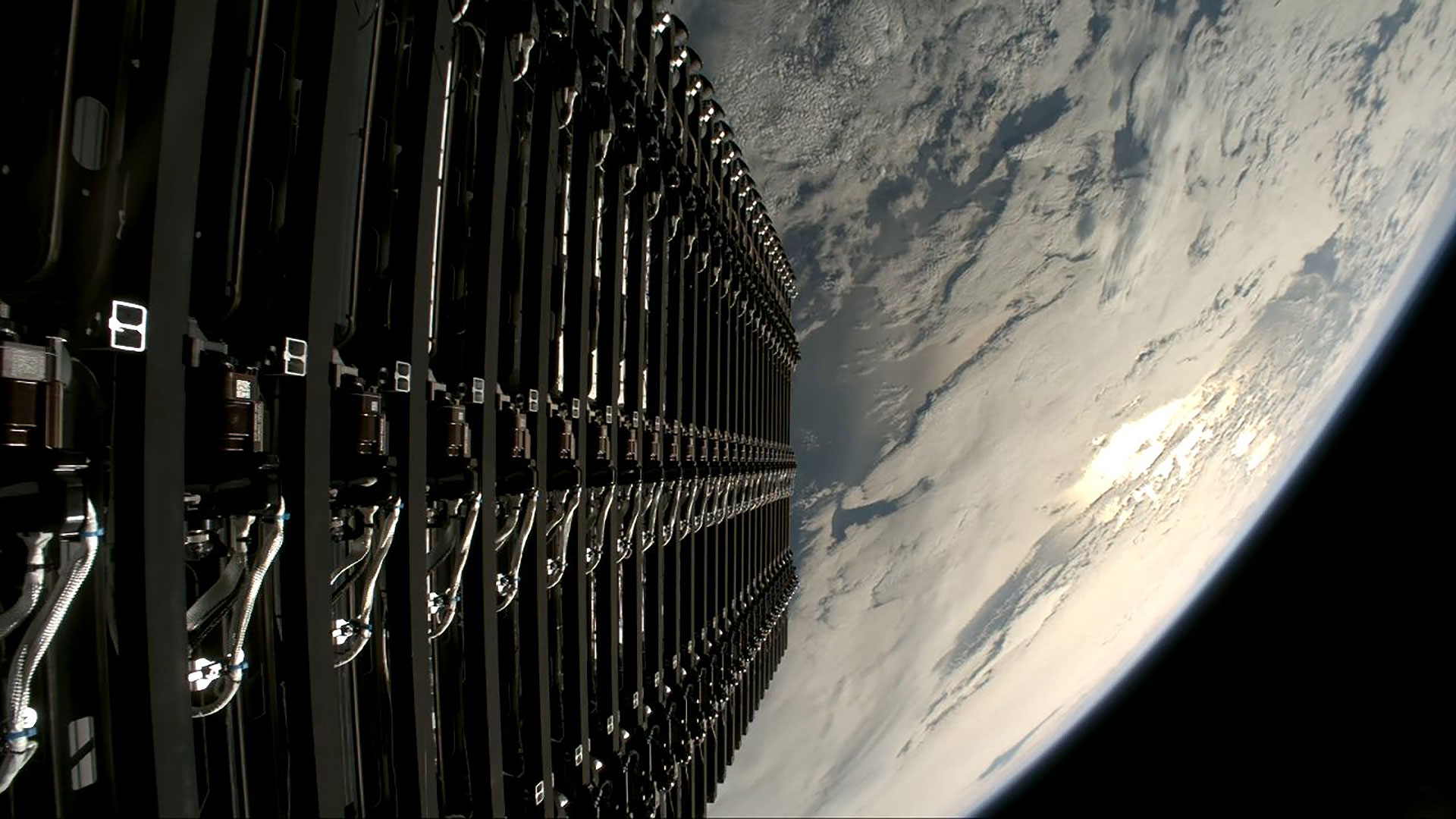Eclipse experts' best travel tips for the total solar eclipse 2027
Find expert weather insights and travel advice in this essential guide to the 2027 total solar eclipse in Spain, Egypt and North Africa.
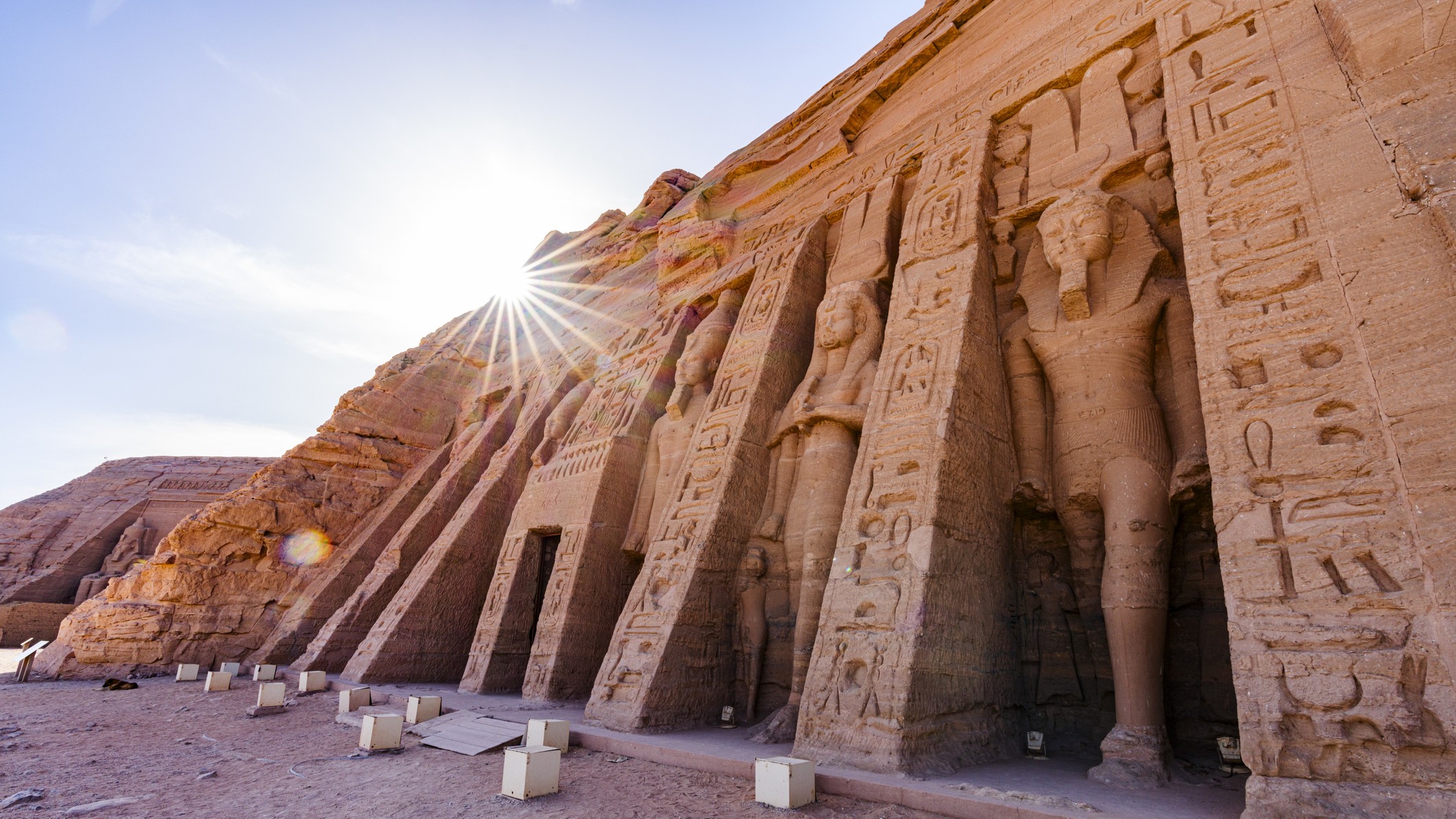
- Location
- Eclipse planning for Spain and Gibraltar
- Eclipse planning for the Strait of Gibraltar
- Eclipse planning for Morocco and Algeria
- Eclipse planning for Tunisia and Libya
- Eclipse planning for Egypt
- Eclipse planning for Saudi Arabia, Yemen and Somalia
- The real threats: dust and heat
- Think like an eclipse chaser
On Aug. 2, 2027, a total solar eclipse will cast its shadow from the Strait of Gibraltar through North Africa and into the heart of the Arabian Peninsula. During the eclipse, the sun's disk will be completely covered from our perspective on Earth for a maximum of 6 minutes,22 seconds — the longest totality on land in 36 years, and the longest totality until June 3, 2114. No wonder it's being called the "eclipse of the century."
There's something else about this total solar eclipse that makes it unique: the climate. Not only is there a high chance that everyone in the path of totality will get a clear view, but for nearly all observers, a very long totality is possible. That makes this eclipse as much about where you want to go, with choices ranging from easy to exotic.
We asked eclipse experts how to plan for the 2027 total solar eclipse, whether you're a first-timer or a dedicated umbraphile. After all, nobody wants to get the eclipse of the century wrong.
Why location is everything
You must be within the path of totality — the moon's central umbral shadow — to witness a total solar eclipse. On Aug. 2, 2027, the path of totality will be 160 miles (258 kilometers) wide and cross 9,462 miles (15,227 km). That's about as wide as a path of totality can get, thanks to the moon being closer to Earth than usual during the event — hence the long totality. The path will cross parts of Spain, Gibraltar, Morocco, Algeria, Tunisia, Libya, Egypt, Sudan, Saudi Arabia, Yemen, Somalia and the British Indian Ocean Territory.
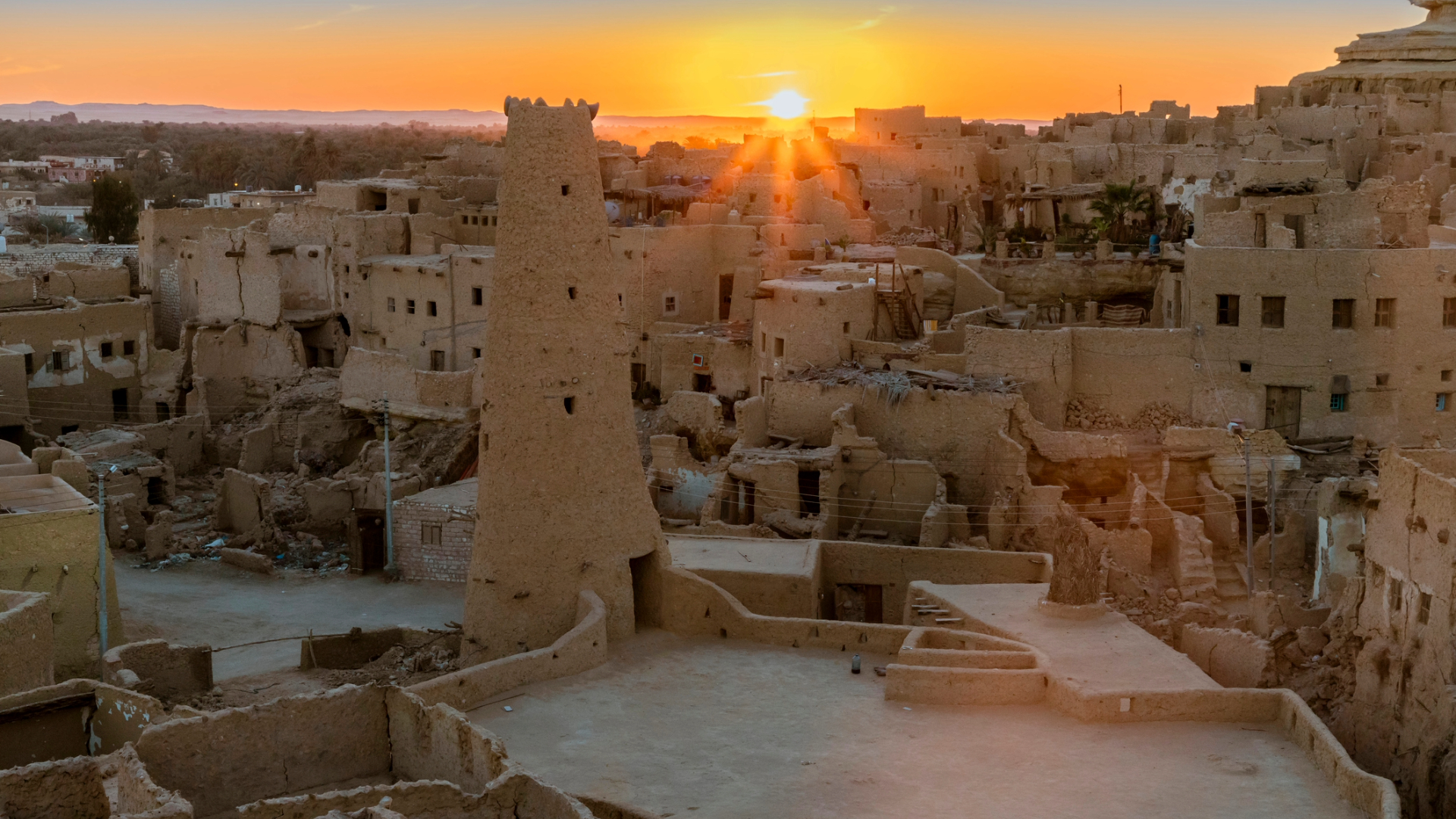
We've rounded up 10 unique tours and experiences for the 2027 'eclipse of the century'
The maximum totality always occurs on the centerline of the path, where the entire diameter of the moon's shadow passes over. Only Spain misses out on the centerline, but long totalities are still possible there — up to 4 minutes, 40 seconds. About 100 extra seconds are on offer to anyone who gets to Luxor, Egypt. But as most eclipse chasers will tell you, it's not the duration of totality, but rather a clear view, that matters most. Choose your location according to where the sky is most likely to be clear.
"Cloud cover runs somewhere in the neighborhood of a zero to 5% chance extending from Benghazi in Libya to Saudi Arabia," said Jay Anderson, a Canadian meteorologist and veteran eclipse chaser who provides eclipse-related climatology and weather information on Eclipsophile. Clouds are not a significant concern between Spain and Tunisia, either, although they are more likely in some coastal and mountainous areas.
There's more good news: Unlike for the 2026 total solar eclipse, the sun's altitude will not be relevant — the sun will be 38 degrees above the eastern horizon in Spain and rising to almost overhead in Egypt. However, there are some possible obstacles to visibility, which we'll explain below.
Breaking space news, the latest updates on rocket launches, skywatching events and more!
Eclipse planning for Spain and Gibraltar
From North America and the U.K., Spain is one of the easiest places on the path to get to, and it includes some enticing locations. "It's visible from Andalucía, with places like Tarifa, Cádiz and Málaga getting 3 to 4.5 minutes of totality," said Oscar Martín Mesonero, an astrotourism expert and eclipse chaser who runs Startrails in Salamanca. "It's going to be incredible. I might stay in Spain for that one because it'll be hard to get into Egypt, where it's even longer."
Tempting locations include Baelo Claudia, an ancient Roman town on the shores of the Strait of Gibraltar, Costa del Sol, and the charming city of Málaga, all of which have very high chances of clear skies in August.
Gibraltar is a good option, but don't make the mistake of climbing The Rock, which can easily produce its own cloud. You may get wet and miss the eclipse while those below you on the east-facing Sir Herbert Miles Road get a clear view.
Remarkably, just five months later, a very long annular solar eclipse — also called a "ring of fire" solar eclipse — will be visible from Cádiz, Seville, Valencia and Ibiza. "It's low on the horizon again, but if the sky is clear, it'll be spectacular," Mesonero said.
Eclipse planning for the Strait of Gibraltar
Many cruise ships will be in the Strait of Gibraltar, having tweaked their summer Mediterranean itineraries to be in position for a totality of around 4 minutes, 45 seconds. However, Anderson's data show that the Strait of Gibraltar is cloudier than any other region along the African portion of the track. Any cloudiness tends to burn off by the afternoon, but with totality in midmorning (08:45 UTC in this region, but local time zones differ), it will be as risky as it gets with this eclipse.
Eclipse planning for Morocco and Algeria
With a complex topography that significantly influences cloud cover and wind, Morocco and northern Algeria present slight challenges. In Morocco, most eclipse chasers will congregate in Tangier. However, due to the threat of marine clouds or fog, many will consider traveling slightly inland. For both countries, the best weather prospects are found in the interior and desert regions, which have lower risks of clouds.
Eclipse planning for Tunisia and Libya
With approximately 5 minutes, 42 seconds of totality and relatively affordable travel, Tunisia is well-positioned to attract eclipse chasers.
"Once you get into Tunisia, I think it's very much safe from cloud cover," Anderson said. "Tunisia has got the best weather, and Sfax would be a nice base."
The spectacular El Jem Amphitheater, just north of Sfax, will see 4 minutes, 21 seconds of totality. There will also be cruises off Tunisia, such as this one from Holland America, that will have an almost 100% chance of a clear view. Sfax is also about 18 degrees Fahrenheit (10 degrees Celsius) cooler than Luxor, Egypt.
Few are likely to travel to Libya, where the path skims the capital, Tripoli, as it crosses the southern Mediterranean and then plunges into 6 minutes, 9 seconds of totality in Benghazi. However, Anderson noted that Libya and western Egypt have seen no clouds on Aug. 2 this century.
Eclipse planning for Egypt
Many eclipse chasers will be going to Luxor, Egypt, for the 2027 eclipse. The city, which was the ancient Egyptian capital of Thebes, is filled with temples and will experience a 6 minutes, 20 seconds of totality.
In Luxor, totality will occur just after midday, and the skies there are almost always clear. However, Anderson said, "You can pick where you want to be in Egypt." That's because from Siwa Oasis and the Qattara Depression in northwestern Egypt to Asyut on the Nile, cloud cover is zero.
The crowds will be in Luxor, largely due to potential security issues and a lack of infrastructure in Asyut, Sohag and Qena, to the north, all of which are on or near the centerline. General tourist itineraries in this region focus on staying in Luxor and Aswan, the latter of which is just south of the path of totality. However, the spectacular Edfu Temple, Esnu Temple and Kom Ombo Temple to the south are all in the path, albeit with a shorter totality.
As Luxor hotels fill up, expect there to be Aswan-based itineraries that float eclipse chasers into the path on a traditional wooden "felucca" boat or drive groups to Kom Ombo for a 3-minute-30-second totality. Another option is the Red Sea coast, which experiences a totality just a few seconds shorter than Luxor, but with a sea breeze. In this region, AstroTrails is running one tour, and Beluga Reisen has another.
Eclipse planning for Saudi Arabia, Yemen and Somalia
A total solar eclipse from the Grand Mosque in Mecca will tempt some, but only Muslims are permitted to enter the city. It will likely have a clear sky, but clouds are possible in the nearby town of Jeddah.
"If you want to be in Arabia, then get on the plains along the Red Sea coast, where the cloud cover drops down to 10%," Anderson said. In any other eclipse, those odds would be fantastic, but there's an almost 0% chance of clouds across the Red Sea in Egypt. Farther south, the threat of clouds increases, particularly in the mountains of Yemen and in Somalia.
The real threats: dust and heat
With a few exceptions, cloud cover won't be a big concern for eclipse chasers in 2027. Instead, the real threats will be dust and heat. Although dust storms can affect sky clarity in North Africa, they're usually short-lived and infrequent — and even if one were to occur, a view of the eclipsed sun might still be possible.
The bigger threat is heat. In North Africa, temperatures can range from a tolerable 86°F (30 °C) to an extreme 107°F (42°C). "All you have to be concerned about is just protecting yourself from the heat somewhat," Anderson said. "Use air-con when it's available, and have a wet cloth on the back of your neck." It will be important to stay hydrated and protect your camera gear from both high temperatures and dust.
Think like an eclipse chaser
Totality in 2027 offers rare rewards for those who plan. Whether you're day-tripping from Tangier or exploring Egyptian temples, remember to stay informed about temperatures and dust storms and to be willing to adjust your plan to get the best views. There's good reason to be confident of seeing the "eclipse of the century." As Anderson said, "I think we're all going to have a good one."

Jamie is an experienced science, technology and travel journalist and stargazer who writes about exploring the night sky, solar and lunar eclipses, moon-gazing, astro-travel, astronomy and space exploration. He is the editor of WhenIsTheNextEclipse.com and author of A Stargazing Program For Beginners, and is a senior contributor at Forbes. His special skill is turning tech-babble into plain English.
You must confirm your public display name before commenting
Please logout and then login again, you will then be prompted to enter your display name.
